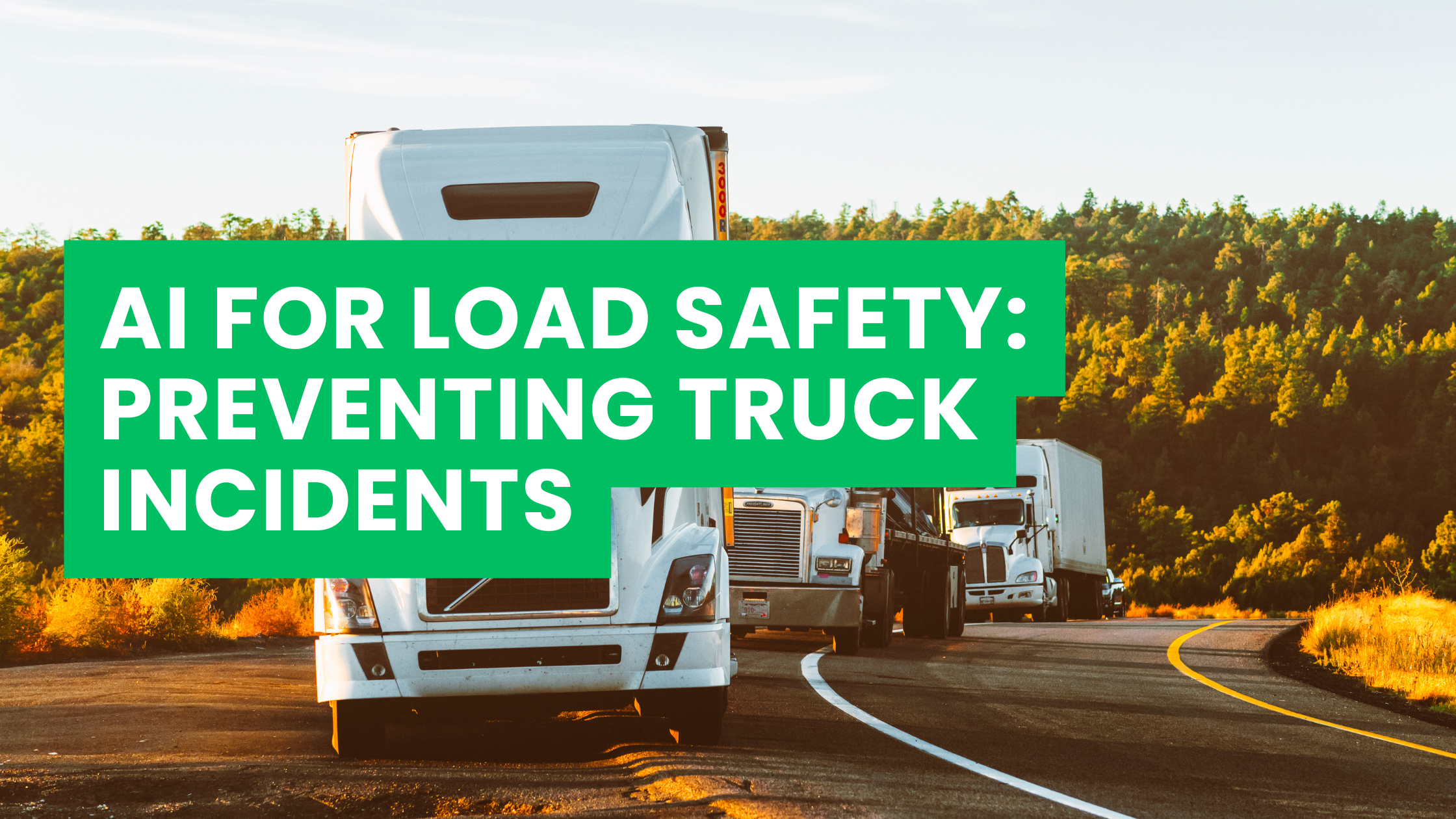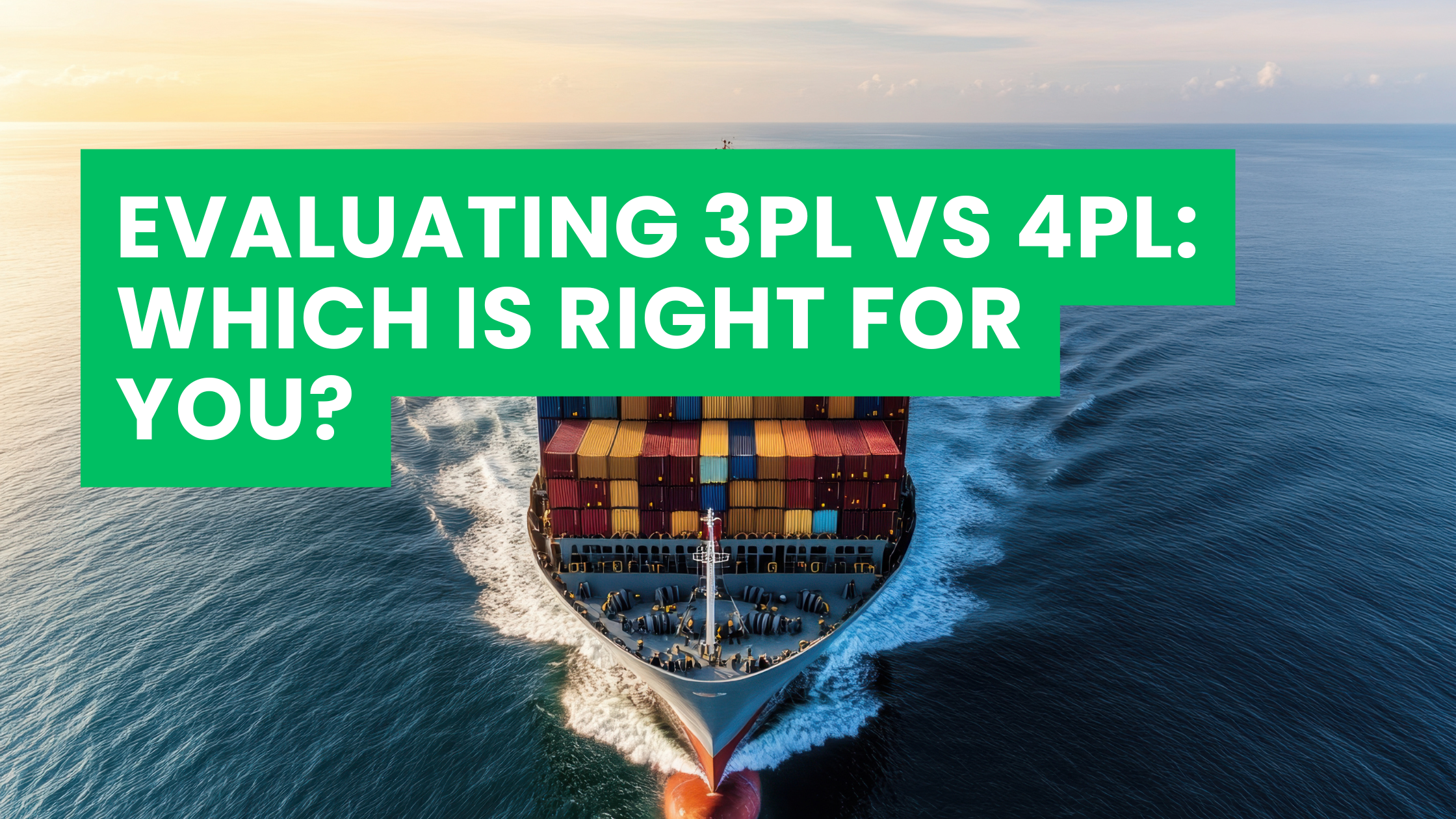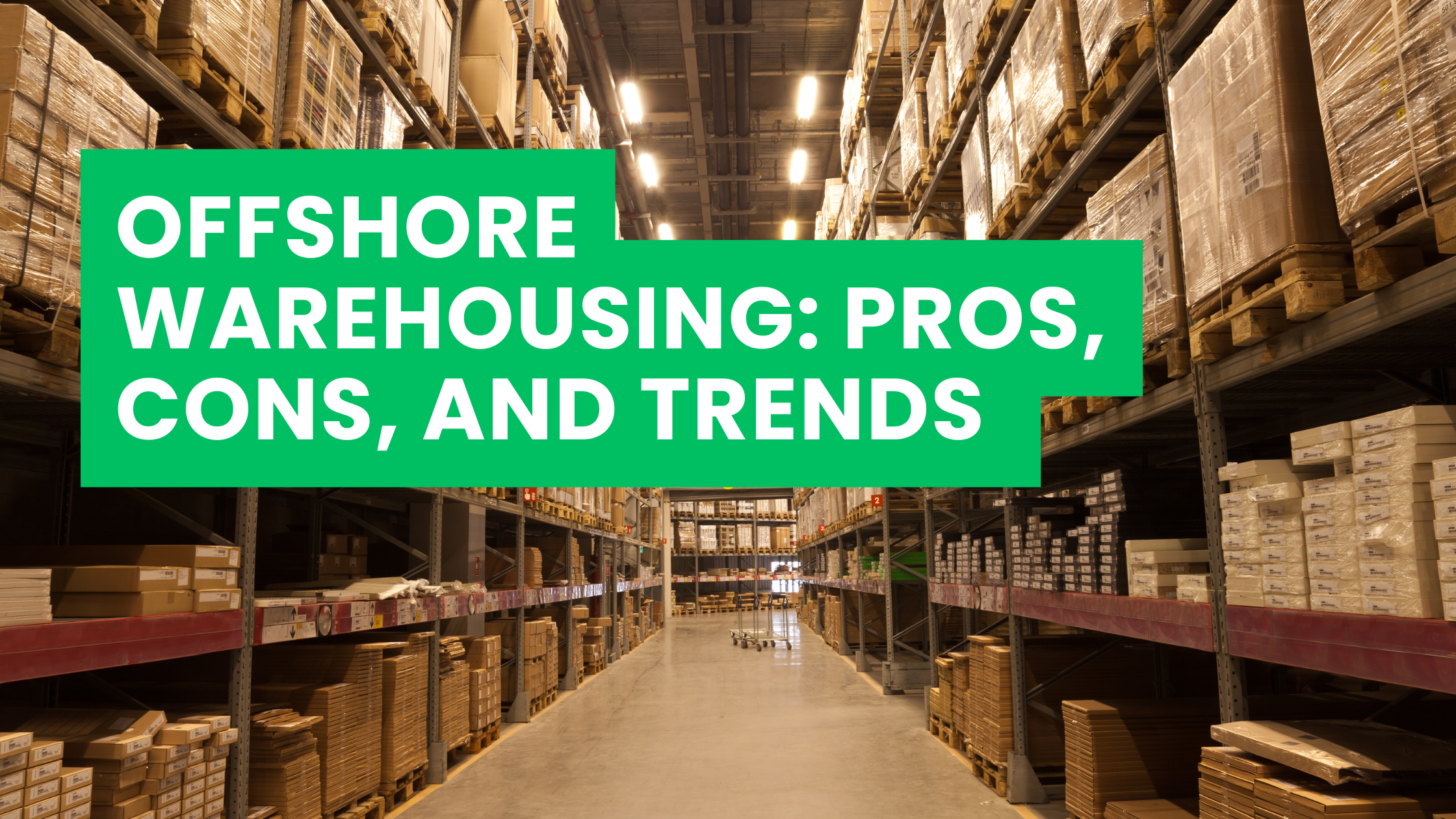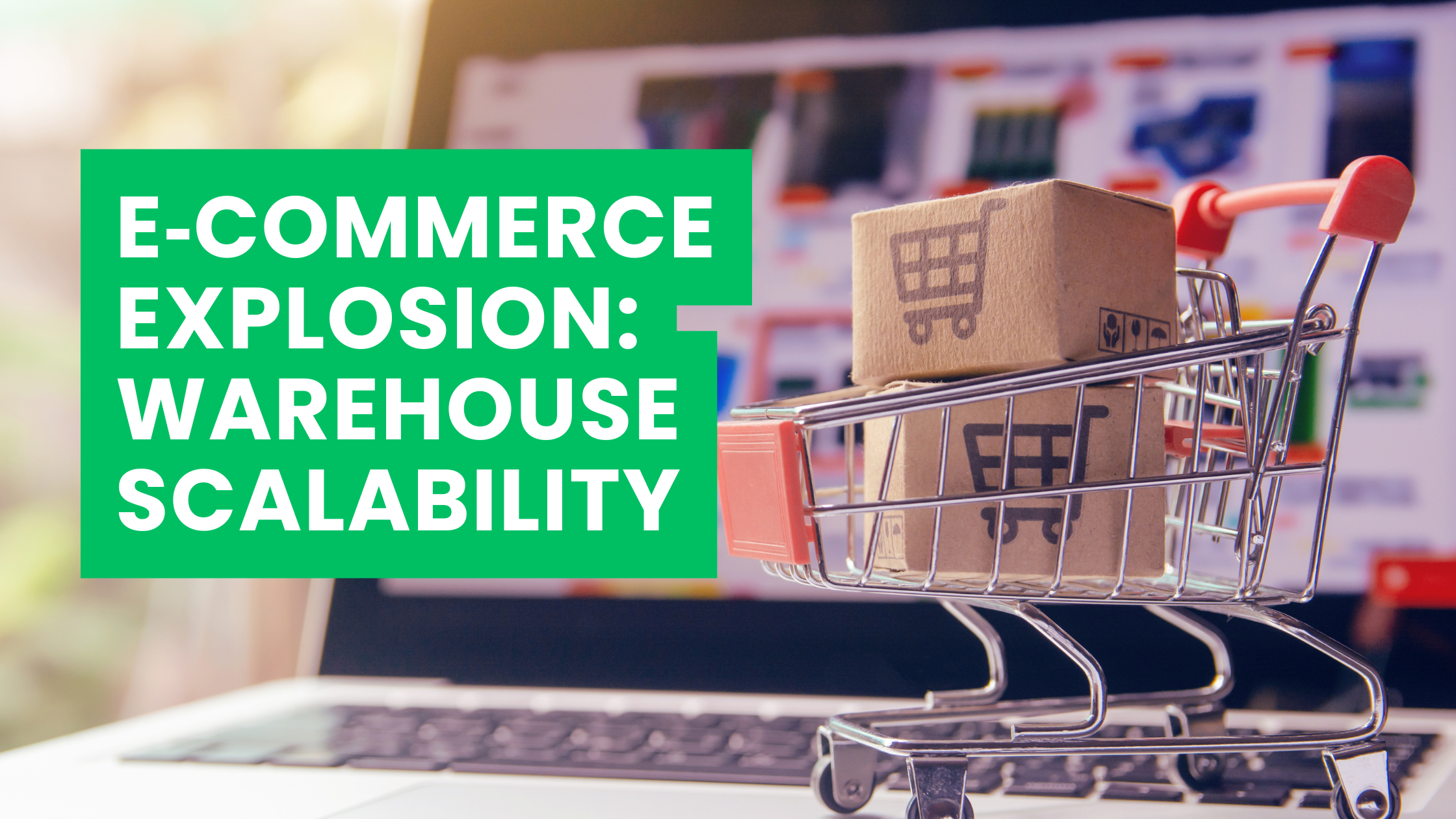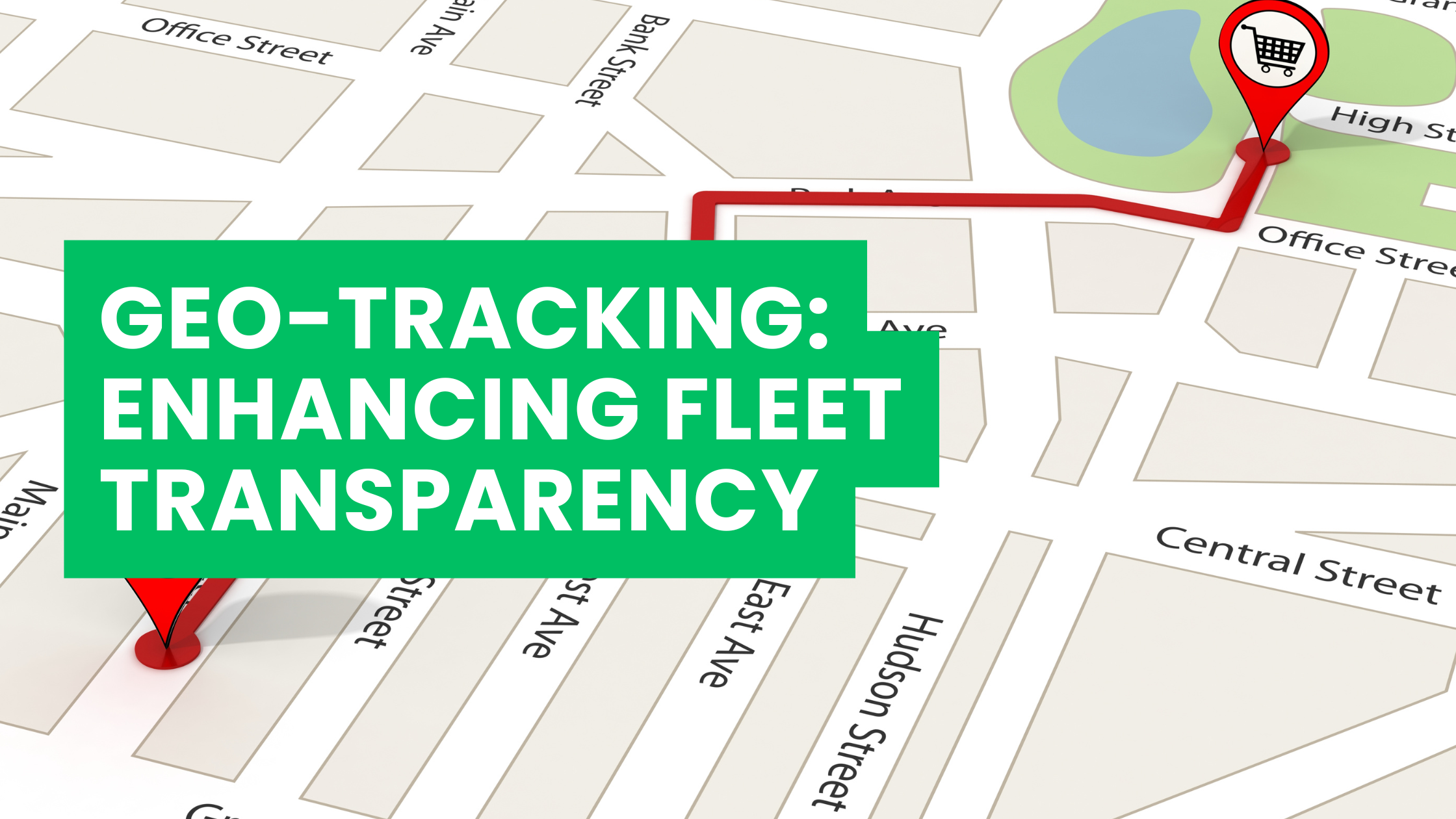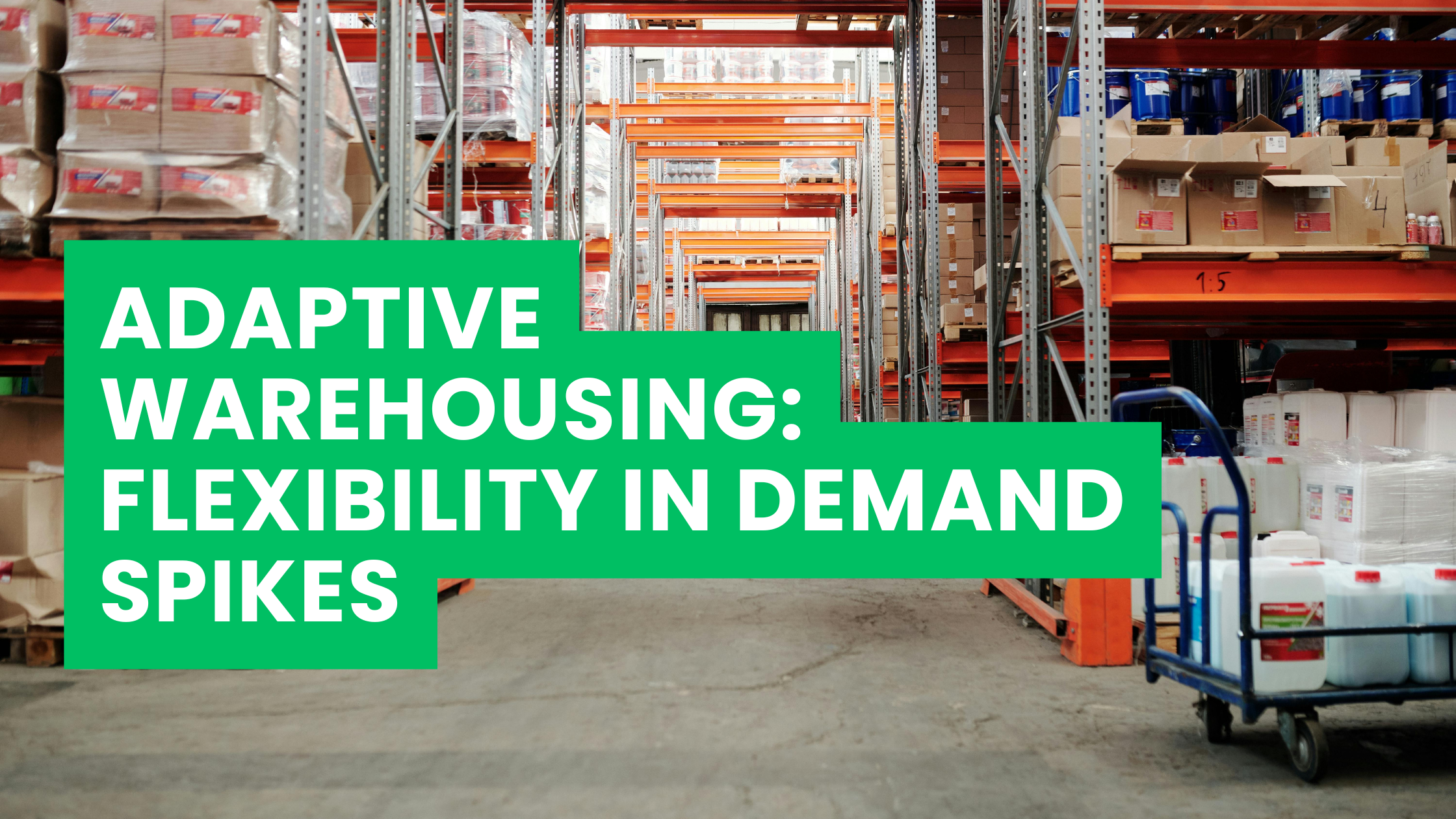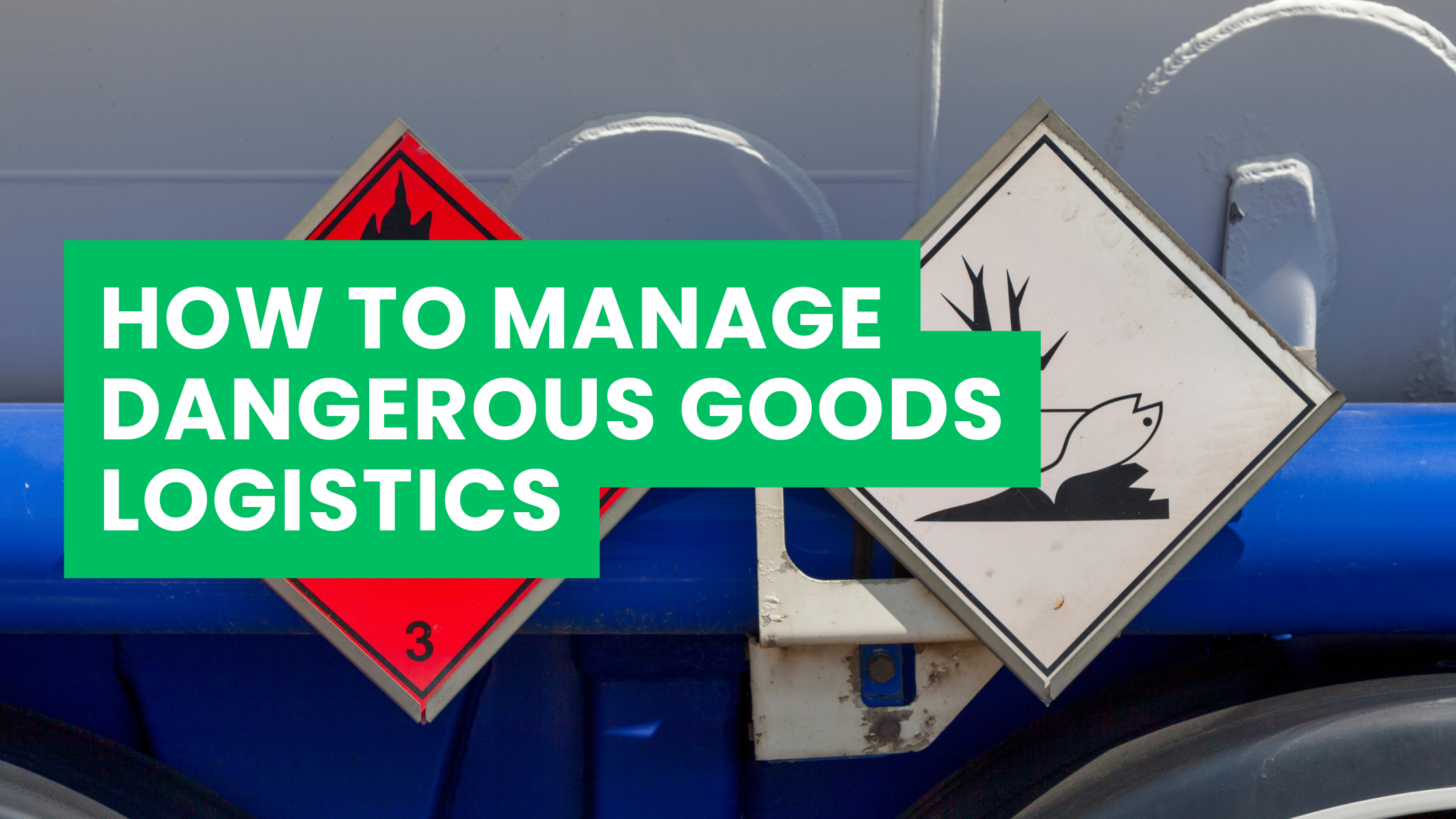Introduction
The trucking industry remains the backbone of global supply chains, ensuring the movement of raw materials, manufactured goods, and essential commodities across borders. Yet, one of the most persistent challenges faced by logistics providers is load safety. Unsecured cargo, weight imbalance, and human error contribute significantly to truck-related accidents, resulting in lost goods, injuries, and reputational damage.
In 2025, the emergence of Artificial Intelligence (AI) is transforming how logistics companies approach load safety. By combining real-time monitoring, predictive analytics, and automation, AI-driven systems can drastically reduce risks, prevent incidents, and enhance compliance. For ASL International, embracing these technologies is not just about operational efficiency—it’s about building trust, resilience, and sustainability in global logistics.
The Scale of the Problem: Truck Incidents and Load Safety
- According to the International Road Transport Union, up to 25% of truck accidents are linked to load-related issues, including overloading, shifting cargo, or poor weight distribution.
- Load safety violations often lead to customs penalties, insurance complications, and delivery delays, creating cascading costs for shippers and consignees.
- With cross-border logistics, the complexity multiplies: different jurisdictions have varying rules on axle weight, tie-down methods, and permissible cargo height or width.
Traditional load-checking methods—manual inspections and driver responsibility—are no longer enough. AI offers a systematic, data-driven approach to tackle these risks before they escalate.
How AI is Transforming Load Safety
1. Smart Load Distribution Systems
AI-powered load planning software analyzes cargo dimensions, weight, and fragility. It then creates optimal stacking and placement plans, ensuring balanced weight distribution across axles.
- Prevents rollover risks.
- Reduces tire wear and fuel consumption.
- Ensures compliance with regional axle-weight regulations.
2. Computer Vision for Real-Time Monitoring
Using cameras and sensors, AI systems can detect whether cargo is properly strapped, shrink-wrapped, or palletized.
- Identifies loose tie-downs or broken seals.
- Alerts drivers and logistics managers before departure.
- Can integrate with telematics for live monitoring during transit.
3. Predictive Maintenance of Restraint Systems
AI monitors the wear and tear of straps, locks, and load bars using IoT-enabled devices.
- Predicts failures before they occur.
- Schedules preventive maintenance.
- Extends equipment lifespan.
4. Automated Compliance Checks
Every market has unique regulations. AI can cross-reference cargo manifests against local load safety requirements in real time, flagging potential compliance breaches.
- Reduces fines and border delays.
- Simplifies cross-border logistics planning.
- Provides auditable digital records for authorities.
5. Driver Assistance with AI Alerts
In-vehicle AI systems act as a co-pilot, alerting drivers to:
- Sudden load shifts detected via motion sensors.
- Dangerous speed levels when cornering with heavy loads.
- Emergency braking requirements when stability is at risk.
Case Study: AI Preventing a Cargo Shift Incident
A European logistics company piloted an AI-based load monitoring system on routes carrying sensitive telecom equipment. During a high-speed maneuver, the system detected a minor load shift and alerted the driver immediately. The driver slowed down, preventing damage to high-value servers. Without AI intervention, the company would have faced a $500,000 loss in equipment damage and potential insurance disputes.
For ASL International’s clients in telecom, IT, and data centers—where high-value cargo safety is paramount—AI ensures that goods arrive intact and within deployment schedules.
Benefits of AI for Load Safety
Operational Benefits
- Reduced accident risks and associated downtime.
- Improved delivery reliability, enhancing customer trust.
- Lower maintenance costs due to predictive checks.
Financial Benefits
- Avoidance of insurance claims and fines.
- Reduced cargo damage compensation.
- Optimized fuel efficiency from balanced loads.
Strategic Benefits
- Stronger compliance posture in emerging and regulated markets.
- Enhanced reputation as a safety-first logistics provider.
- Better data insights for continuous improvement.
Challenges in Implementing AI for Load Safety
Data Integration
AI solutions require high-quality data from sensors, telematics, and ERP systems. Poor data synchronization can limit effectiveness.
Cost of Implementation
The initial investment in AI-enabled devices, training, and software can be significant. However, long-term ROI often outweighs upfront costs.
Workforce Training
Drivers, warehouse staff, and managers need to adapt to AI-assisted workflows. Without proper training, adoption rates may remain low.
Cybersecurity Risks
As AI relies on connected devices, cybersecurity becomes crucial to prevent hacking of load monitoring systems.
Future Outlook: AI and Load Safety in 2030
Looking ahead, AI will not just prevent incidents—it will create autonomous load safety ecosystems:
- Digital twins of cargo to simulate risks before shipment.
- Blockchain-integrated AI records for cross-border compliance.
- Fully automated warehouses and loading bays using robotics guided by AI algorithms.
- Integration with autonomous trucking fleets, where AI ensures that self-driving vehicles carry optimally secured loads.
Actionable Steps for Companies Today
- Adopt AI Load Monitoring Tools – Begin with computer vision systems for cargo strapping and sensor-based monitoring.
- Invest in Training – Upskill staff in AI system operation and interpretation of safety data.
- Collaborate with AI Vendors – Partner with technology providers specializing in logistics AI.
- Start Small, Scale Fast – Pilot AI solutions on critical cargo routes (e.g., IT hardware, fragile goods) and expand gradually.
- Integrate Compliance Automation – Use AI for customs documentation and safety regulation checks across multiple countries.
Conclusion
In an era where logistics networks are more complex than ever, load safety cannot be left to chance. AI is no longer a futuristic option—it is a present-day necessity. By embedding AI-driven monitoring, predictive maintenance, and compliance automation into trucking operations, logistics providers like ASL International can not only reduce risks but also build resilience, efficiency, and customer trust.
For companies transporting sensitive and high-value cargo, AI provides a safeguard against accidents, financial losses, and reputational damage. In the race for safer, smarter logistics, those who adopt AI today will lead the market tomorrow.
Meta Description (SEO)
Discover how AI is revolutionizing load safety in trucking. Learn how ASL International prevents incidents with AI-driven monitoring, compliance, and predictive systems.
